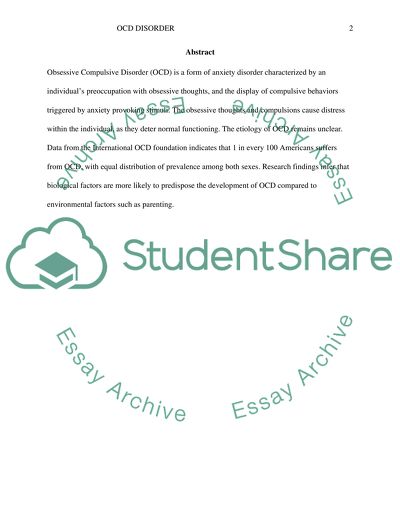Cite this document
(“OCD Disorder Research Paper Example | Topics and Well Written Essays - 1500 words”, n.d.)
Retrieved from https://studentshare.org/psychology/1654249-ocd-disorder
Retrieved from https://studentshare.org/psychology/1654249-ocd-disorder
(OCD Disorder Research Paper Example | Topics and Well Written Essays - 1500 Words)
https://studentshare.org/psychology/1654249-ocd-disorder.
https://studentshare.org/psychology/1654249-ocd-disorder.
“OCD Disorder Research Paper Example | Topics and Well Written Essays - 1500 Words”, n.d. https://studentshare.org/psychology/1654249-ocd-disorder.


